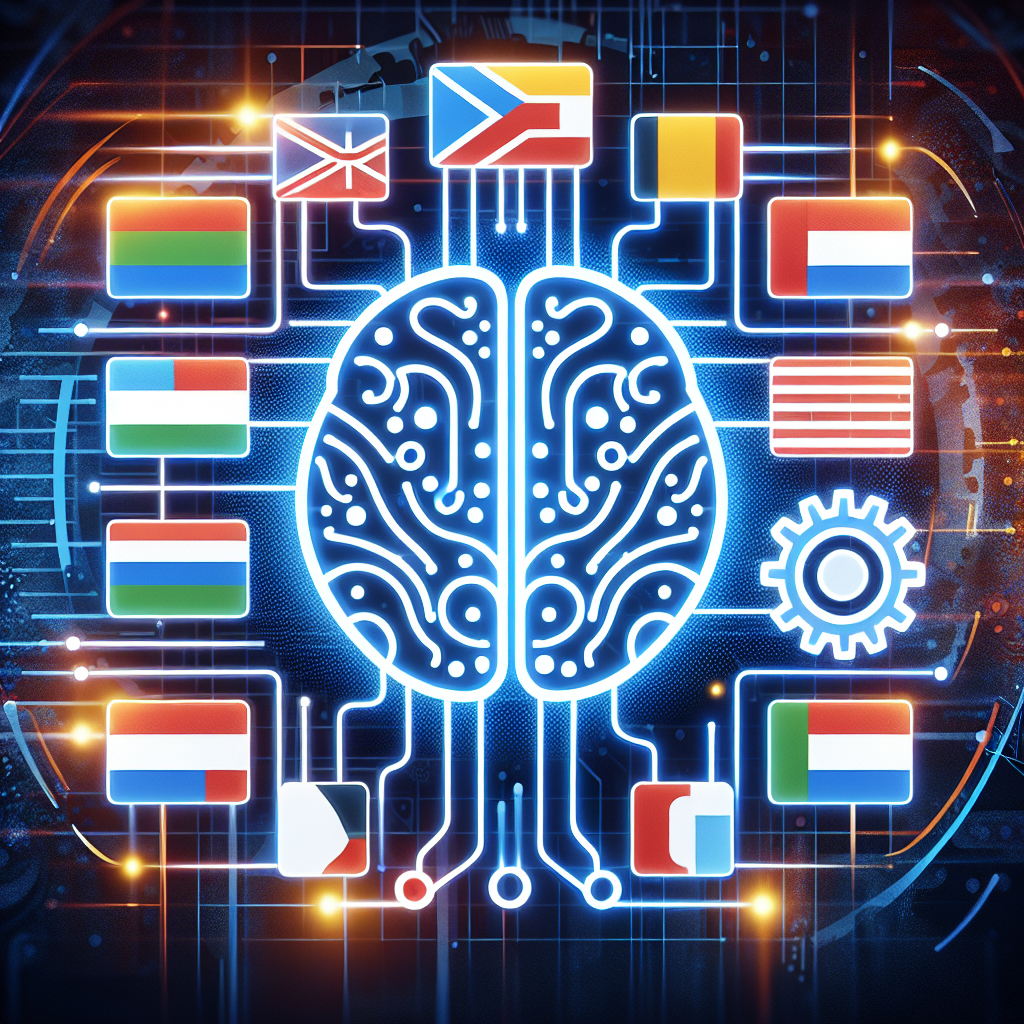With the rapid advancement of technology, including artificial intelligence (AI), the field of education is also experiencing significant changes. One area where AI is making a big impact is in multilingual education. Leveraging AI for multilingual education can provide many benefits for both students and educators, making it easier and more efficient to learn and teach multiple languages.
AI technology can be used in various ways to enhance multilingual education. One of the most common applications is in language learning apps and platforms. These apps use AI algorithms to personalize the learning experience for each individual student, based on their learning style, pace, and goals. AI can track a student’s progress, identify areas where they need improvement, and provide targeted feedback and resources to help them improve their language skills.
Another way AI can be used in multilingual education is through chatbots and virtual assistants. These AI-powered tools can provide instant language support to students, answering questions, providing explanations, and helping with pronunciation. This can be especially helpful for students who are learning a new language and need extra assistance outside of the classroom.
AI can also be used to create interactive and immersive learning experiences for students. Virtual reality (VR) and augmented reality (AR) technologies can be used to simulate real-world language situations, such as ordering food in a restaurant or asking for directions, helping students practice their language skills in a more realistic and engaging way.
In addition to these applications, AI can also help teachers in multilingual education by automating administrative tasks, providing data-driven insights into student performance, and even creating personalized lesson plans and resources for each student. This can help educators save time and resources, while also improving the quality of education for their students.
Overall, leveraging AI for multilingual education can help students learn languages more effectively and efficiently, while also providing teachers with valuable tools and resources to support their teaching. However, there are also some challenges and considerations to keep in mind when implementing AI in multilingual education.
One challenge is ensuring that AI technology is culturally sensitive and inclusive. Language is deeply connected to culture, and it’s important for AI systems to recognize and respect cultural differences in language use and communication styles. This requires careful design and testing of AI algorithms to ensure that they are accurate and unbiased across different languages and cultures.
Another challenge is the potential for AI technology to reinforce existing language biases and inequalities. For example, if AI systems are trained on biased or limited data, they may perpetuate stereotypes or favor certain dialects or accents over others. It’s important for developers and educators to be aware of these biases and work to mitigate them in their AI systems.
Despite these challenges, the potential benefits of leveraging AI for multilingual education are significant. By harnessing the power of AI technology, educators can create more personalized and effective language learning experiences for their students, helping them develop the skills they need to thrive in a multilingual world.
Frequently Asked Questions (FAQs):
Q: How can AI technology help students learn multiple languages at the same time?
A: AI technology can personalize the learning experience for each student, providing targeted feedback and resources to help them improve their language skills. This can make it easier for students to learn multiple languages simultaneously, as they can focus on their individual strengths and weaknesses in each language.
Q: Can AI technology help students with different learning styles and abilities in multilingual education?
A: Yes, AI technology can adapt to different learning styles and abilities, providing customized learning experiences for each student. This can help students with diverse needs and backgrounds succeed in multilingual education.
Q: Are there any privacy concerns with using AI technology in multilingual education?
A: Privacy concerns are always a consideration when using AI technology, as it involves collecting and analyzing data on students’ learning behaviors. It’s important for educators and developers to ensure that student data is protected and used responsibly in accordance with privacy laws and regulations.
Q: How can teachers benefit from using AI technology in multilingual education?
A: AI technology can help teachers save time and resources by automating administrative tasks, providing data-driven insights into student performance, and creating personalized lesson plans and resources. This can free up teachers to focus on providing quality instruction and support to their students.
Q: What are some best practices for implementing AI technology in multilingual education?
A: Some best practices for implementing AI technology in multilingual education include ensuring cultural sensitivity and inclusivity, addressing biases and inequalities in AI systems, and providing training and support for educators and students on how to use AI technology effectively. It’s also important to regularly evaluate and update AI systems to ensure they are meeting the needs of students and educators.

